Walking Japan Blind
Beaded tactile tiles mark obstructions for the blind and near-blind on sidewalks in Japan.
by Bob Kerstetter
A yellow stripe runs down the middle of many sidewalks in Japan. Slightly elevated from the surrounding surfaces, the line of tactile tiles marks a safe path for blind and visually impaired pedestrians walking the streets.
Straight bars in the tiles tell when you are walking in a clear area with no obstructions—forward motion should be safe.
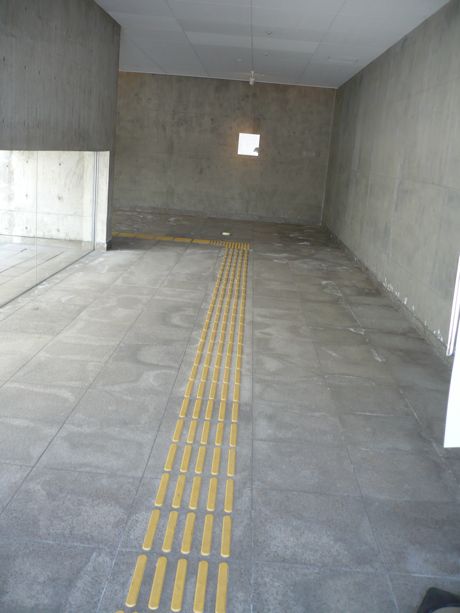
Straight bands of yellow tactile tiles mark a safe walking path without obstacles for the blind and the visually impaired in Japan
Beaded surfaces warn of an intersection, obstruction, door, steps or train platform edge, for example.
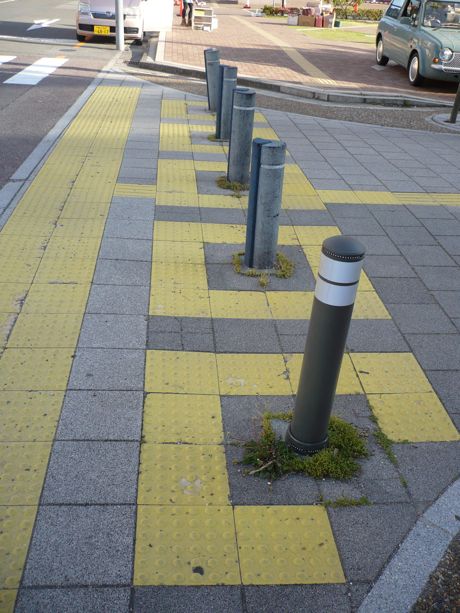
Beaded tactile tiles mark obstructions for the blind and near-blind in Japan
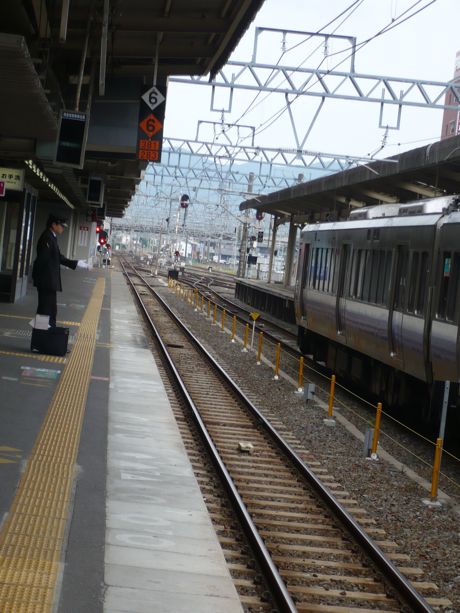
Beaded tactile tiles mark the edges of train platforms in Japan
Although with thin-soled shoes you can feel the differences in the tiles, the markers appear to be designed for touching with canes.
Because the tactile tile system does not prevent all accidents or provide infallible navigation assistance, Japan provides training so those in need can live independently if they wish.
While the yellow color is helpful for the partially-blind, other colors are sometimes substituted for aesthetic reasons, such as near the entrances of fashionable hotels. In these cases the tiles may be metallic in color to provide the needed contrast for the near-blind.
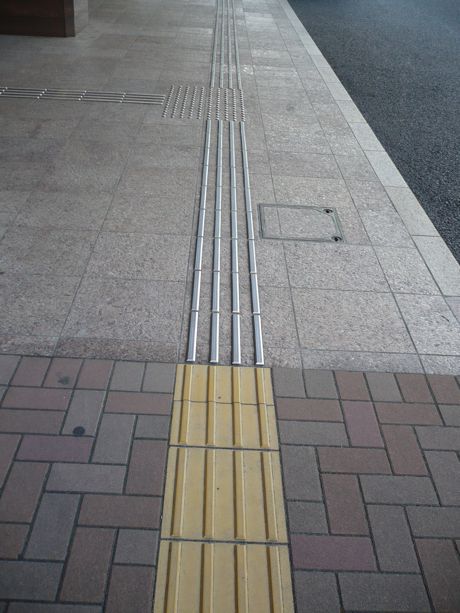
While typically yellow, tactile tile colors can change for aesthetic reasons, while still providing contrast for the visually impaired in Japan
Other countries—including Korea, England, Singapore, Sweden and Norway—also use tactile tiles to help the visually-impaired.
In addition to the tactile tiles, Japan uses music at intersections and braille signage to help the blind and partially-blind more safety travel independently.
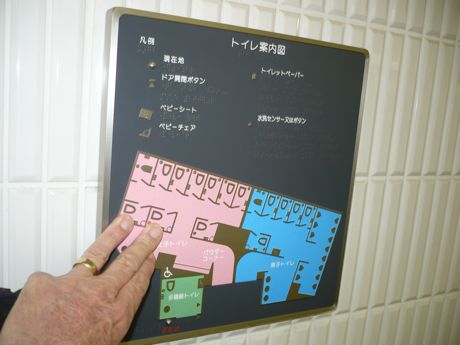
Braille signage for the visually impaired in Japan